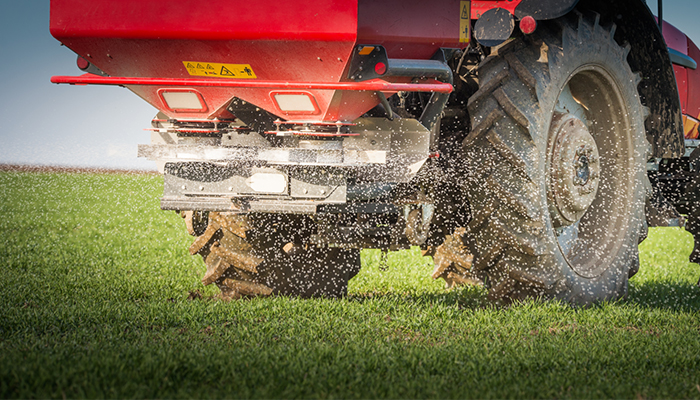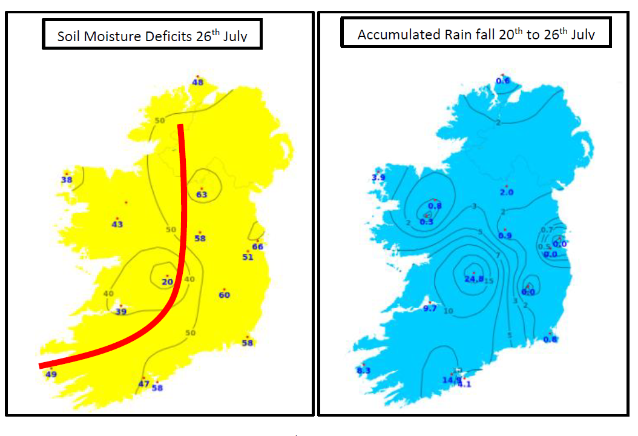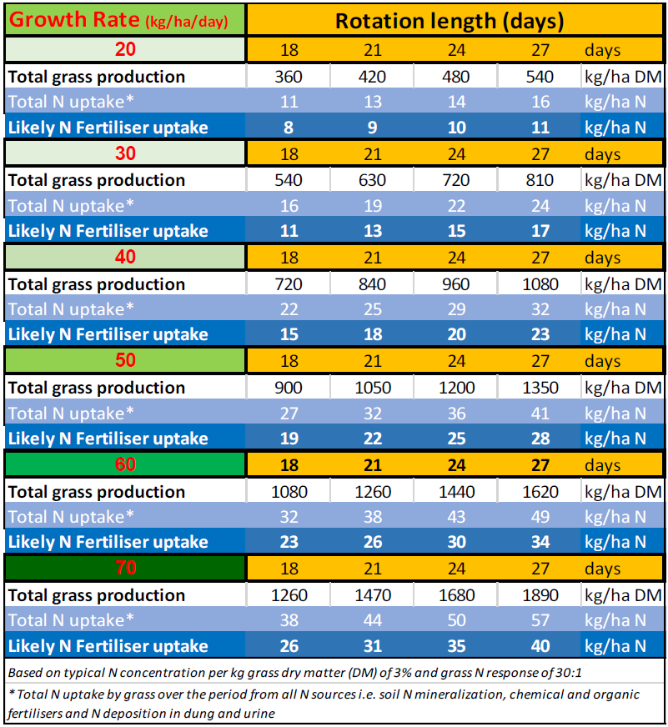28 July 2021
Fertiliser advice under prolonged dry soil conditions

Over the last 6 to 7 weeks soil moisture deficits (SMD) have continued to increase due to low rainfall in many parts of the country. At SMD above 50 mm growth becomes restricted. Mark Plunkett, Teagasc Soil & Plant Nutrition Specialist discusses Fertiliser N Application decisions in dry conditions
Soil Moisture Deficits (SMD)
Over the last 6 to 7 weeks soil moisture deficits (SMD) have continued to increase due to low rainfall in many parts of the country. SMD’s currently range from 39 to 66mm on moderately-drained soils (figure 1) and up to 71mm on poorly-drained soils. Once SMD >50 mm growth will become restricted and >75mm more severe drought conditions set in and perennial ryegrass will begin to go dormant i.e. growth will begin cease and the plants will begin to lose its green colour. Large quantities of rainfall will be required to replenish these high SMD’s in the soil. For example as SMD = 25mm [1 inch] of effective rainfall or 250,000 litres/ ha [~22,000 gallons water/ac]. Some rainfall is forecasted over the coming week (week beginning Monday 26th July) which may help to reduce the current SMD somewhat and get grass growing again, however, it will very much depend on total rainfall quantities and the level of SMD within your region.
The SMD map below shows that the majority soils on the right hand side of the red line are at >50mm SMD and grass growth will be restricted under these low soil moisture conditions and low rain fall amounts in the past 7 days as shown below. Rainfall predications for southern and eastern areas are between 8 and 14mm for the next 7 days (Met Eireann). Significant rainfall will be required to reduce SMD’s currently.

Figure 1(above). Soil moisture deficits on Monday 26th July & accumulated rainfall in the past 7 days reported by Met Eireann.
Making Fertiliser N Application decisions during dry /droughty soil conditions
For the majority of the country grass growth may be somewhat restricted due to low soil moisture levels. Under lower levels of growth, the grass demand for N uptake will also be reduced. During droughty soil conditions fertiliser N advice needs to be adjusted downwards based on predicted grass growth. Figure 2 below shows predicted grass growth rates for the week beginning 28th July with a wide range depending on location.
- Match N fertiliser rates to grass growth levels. The N uptake by grass swards at different daily growth rates and rotation lengths are shown in table 1. Fertiliser N applications should be tailored to the N demand of the grass swards under dry soil conditions when growth is restricted.
- Where possible use a compound N-P-K or N-K fertiliser as the potassium (K) will help grass to be more resilient to drought conditions and to improve nitrogen uptake and growth
- If SMD ≥ 50mm and grass growth rates fall to <50 kg DM/ha per day reduce fertiliser N applications in line with demand and top up with additional N once sufficient rain arrives.
- If SMD is ≥ 75 (severe drought) and grass growth is << 50 kg DM/ha hold off further N applications until sufficient rain arrives or further rain is forecast. Where re-growths are poor or non-existent, stop spreading fertiliser. Have fertiliser on hand for spreading once growth recommences bearing in mind that a flush of N mineralisation once soils rewet will support initial regrowth.
- Under persistent drought and restricted grass growth conditions, repeated N fertiliser applications late into the summer (August & September) are likely to build up soil available N levels above the needs of the grass for the remainder of the growing season which increase the risk of N leaching (N loss in drainage water) to groundwater, rivers and streams during autumn/ winter.
Figure 2 (above). Grass growth predictions from pasture base (Source: – Grass Growth Prediction Model (MoSt) from Elodie Ruelle, Moorepark)
Table 1 (below). Typical nitrogen uptake levels by grass swards (kg/ha) based on growth rates

See more information here on Soil & Soil Fertility
